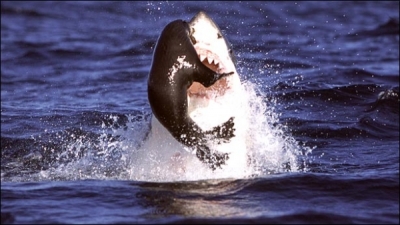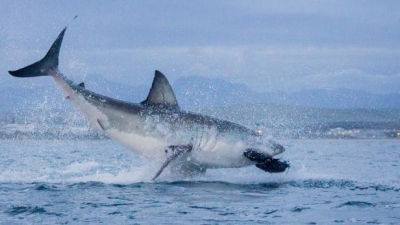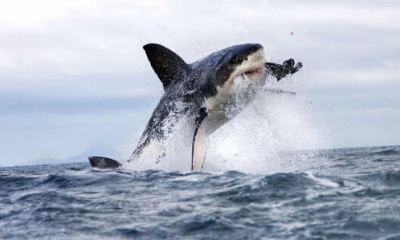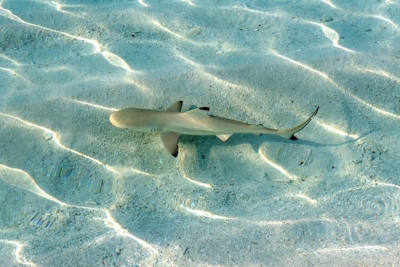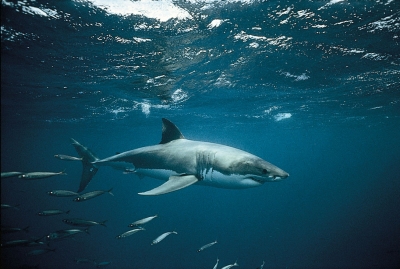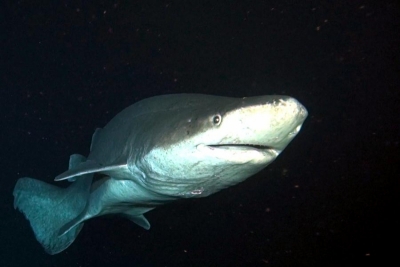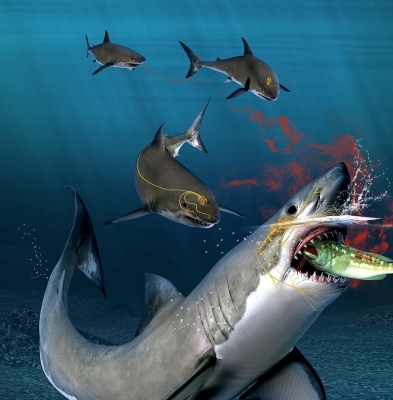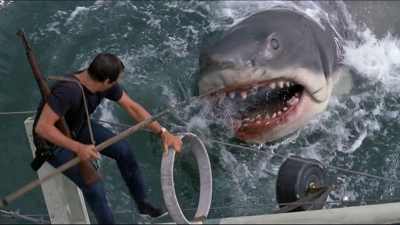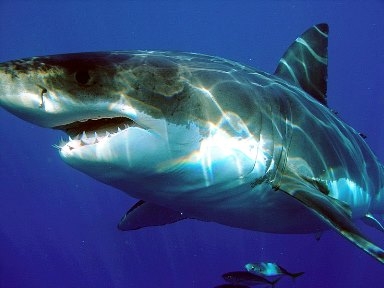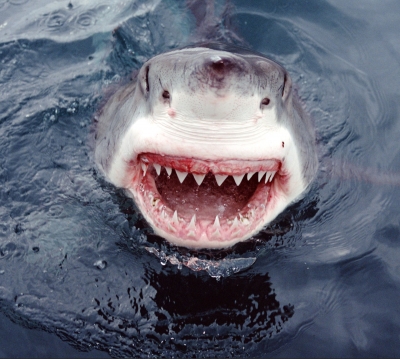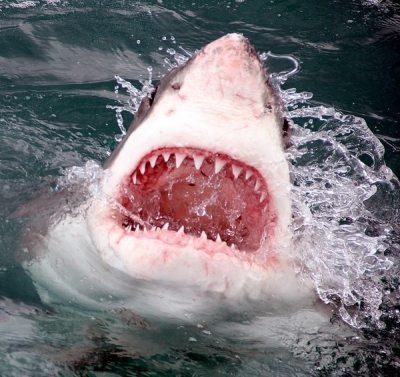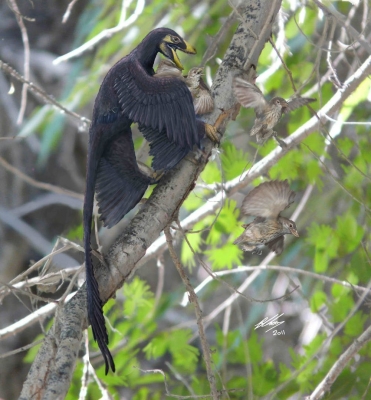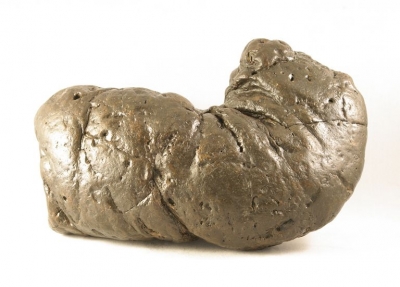
No one knows when the first dinosaur bone was found. Ancient peoples most likely uncovered fossils of dinosaur bones from time to time, but they had no idea what they had found. Ancient Chinese writings from over 2,000 years ago reference "dragon" bones, which many experts today believe had to be dinosaur fossils.
Even early scientists weren't sure about the fossils they found. For example, in 1676, Reverend Robert Plot, a curator of an English museum, discovered a large thigh bone in England. He believed it belonged to ancient species of human "giants."
Although the specimen disappeared eventually, drawings of it remain. Based upon those drawings, modern scientists believe it was probably from a dinosaur known as "Megalosaurus."
Megalosaurus is believed to be the first dinosaur ever described scientifically. British fossil hunter William Buckland found some fossils in 1819, and he eventually described them and named them in 1824. Like scientists before him, Buckland thought the fossils belonged to an ancient, larger version of a modern reptile.
As of that time, the word "dinosaur" still had not been invented yet, and dinosaurs hadn't yet been recognized as distinct creatures that were significantly different than modern reptiles. All that changed when British scientist Richard Owen came along.
Although the study of dinosaurs really got its start in 1842, new evidence to study was hard to come by until the late 1800s. At that time, Othniel Marsh and Edward Cope, two American scientists who were both wealthy and competitive, formed research teams and headed for the Rocky Mountains.
Their competing teams unearthed tons of bones from several different sites. Known as the Bone Wars, their rivalry was responsible for the discovery of 136 new species of dinosaurs. As the 1900s began, many scientists and prestigious institutions all over the world were inspired by the Bone Wars to study dinosaurs.
Credit : Wonderopolis
Picture Credit : Google
